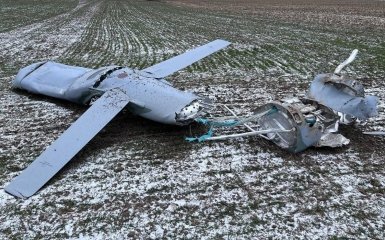The Russian army adopted the Kh-101/Kh-102 air-launched cruise missile (in the Western classification – AS-23a KODIAK) with two warheads.
The Kh-101 missile now has two warheads
British intelligence reports that the Russian Space Force's Long-Range Aviation Command has increased the lethality of its main air-launched cruise missile, the Kh-101.
It is noted that the Kh-101 missile was equipped with a second warhead.
The Russian long-range aviation command tried to modify its systems and tactics during the war against Ukraine for the following goals:
To increase the effectiveness of the missiles since the air defence of Ukraine intercepted many missiles;
to use older missiles because the supply of new ones was exhausted in the first days of the invasion.
British intelligence emphasised that the latest modification probably reduced the X-101's range by half.
They believe that the Russian military does not need the full range of these missiles to attack anywhere in Ukraine. The installation of the second warhead is intended to increase the effect of fragments on the target.
It is likely that this will make the system more effective in striking non-hardened targets, British intelligence suggests.
Modernisation of the Kh-101 missile: what is known
In March, Defense Express reported on the start of Russia's modernisation of the Kh-101 cruise missile.
Now, its warhead weighs approximately 800 kg. This was first reported in January 2024 during the visit of the Russian MOD chief Sergei Shoigu to the Raduga MKB enterprise, where these cruise missiles are produced.
The range of the missile with two warheads decreased from 5,500 km to a nominal 2,250 km.
However, this is unimportant since such missiles can still fly from the Saratov region of the Russian Federation to the Lviv region and have 500-700 km for additional manoeuvres.




